 Mount Ida Flood
Mount Ida Flood
Entry Category: Counties, Cities, and Towns
 Mount Ida Flood
Mount Ida Flood
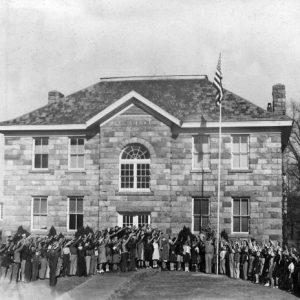 Mount Ida High School
Mount Ida High School
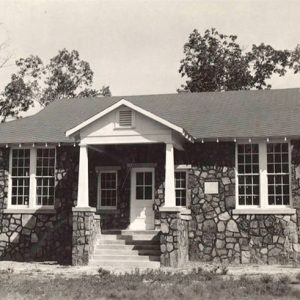 Mount Ida School Building
Mount Ida School Building
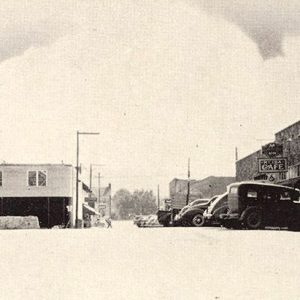 Mount Ida Street Scene
Mount Ida Street Scene
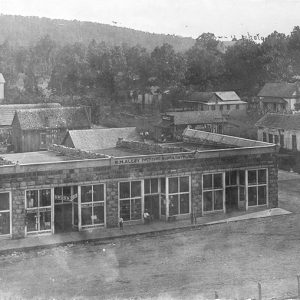 Mount Ida Street Scene
Mount Ida Street Scene
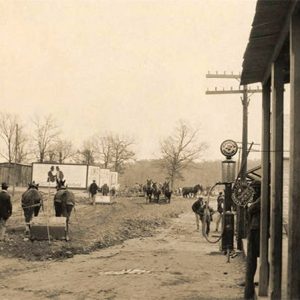 Mount Ida Street Scene
Mount Ida Street Scene
 Mount Ida Street Scene
Mount Ida Street Scene
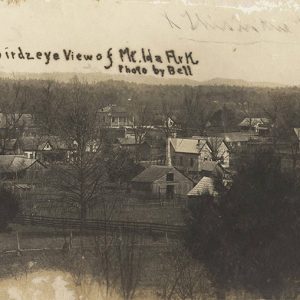 Mount Ida View
Mount Ida View
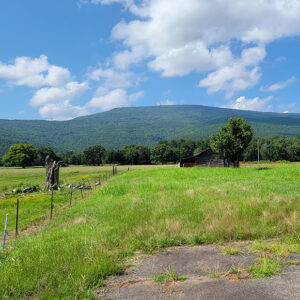 Mount Magazine
Mount Magazine
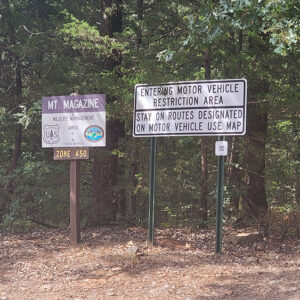 Mount Magazine WMA
Mount Magazine WMA
Mount Moriah (Hot Spring County)
Mount Moriah (Nevada County)
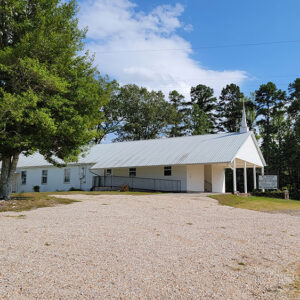 Mount Moriah Church
Mount Moriah Church
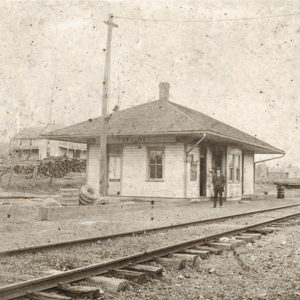 Mount Olive Depot
Mount Olive Depot
Mount Pleasant (Izard County)
Mount Vernon (Faulkner County)
 Mount Vernon Cemetery
Mount Vernon Cemetery
 Mount Vernon Fire Department
Mount Vernon Fire Department
 Mount Vernon High School
Mount Vernon High School
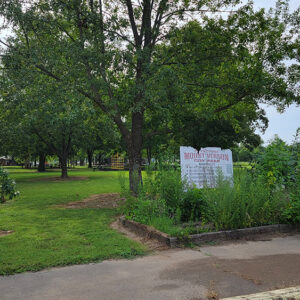 Mount Vernon Park
Mount Vernon Park
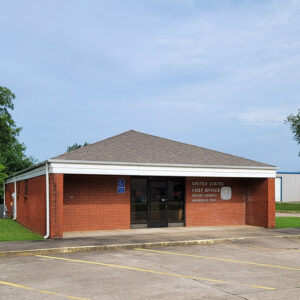 Mount Vernon Post Office
Mount Vernon Post Office
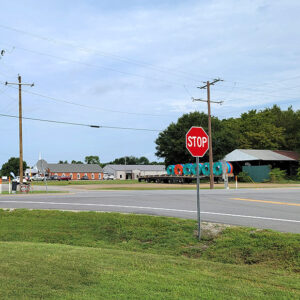 Mount Vernon Street Scene
Mount Vernon Street Scene
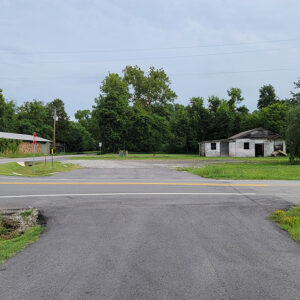 Mount Vernon Street Scene
Mount Vernon Street Scene
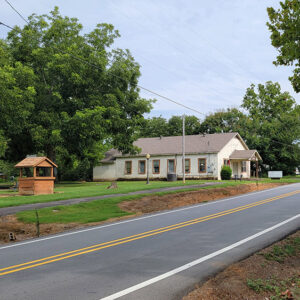 Mount Vernon Street Scene
Mount Vernon Street Scene
 Mount Zion Baptist Church
Mount Zion Baptist Church
Mountain Home (Baxter County)
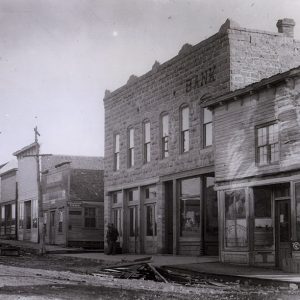 Mountain Home Bank
Mountain Home Bank
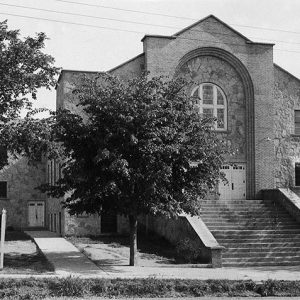 Mountain Home Baptist Church
Mountain Home Baptist Church
 Mountain Home High School
Mountain Home High School
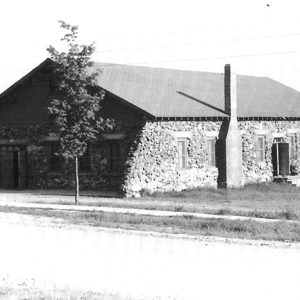 Mountain Home Legion Hut
Mountain Home Legion Hut
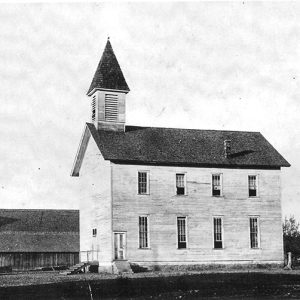 Mountain Home Methodist Church
Mountain Home Methodist Church
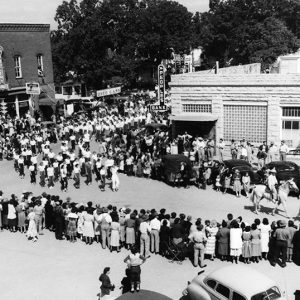 Mountain Home Parade
Mountain Home Parade
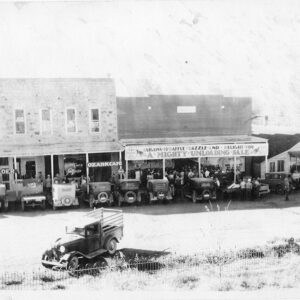 Mountain Home Square
Mountain Home Square
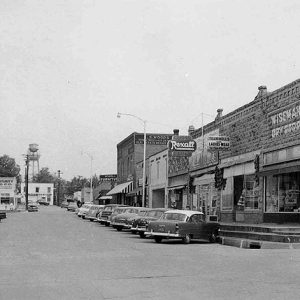 Mountain Home Street Scene
Mountain Home Street Scene
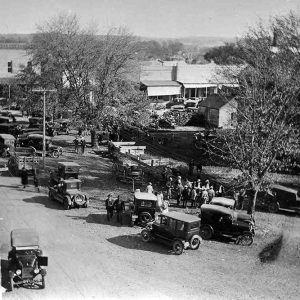 Mountain Home Street Scene
Mountain Home Street Scene
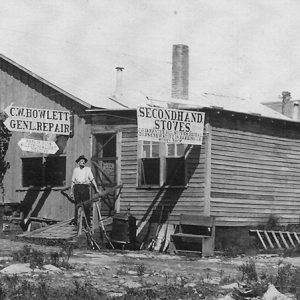 Mountain Home Street Scene
Mountain Home Street Scene
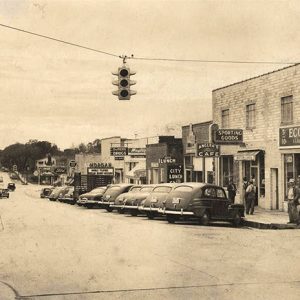 Mountain Home Street Scene
Mountain Home Street Scene
 Mountain Lake Dam
Mountain Lake Dam
 Mountain Pine
Mountain Pine
Mountain Pine (Garland County)
 Mountain Tower
Mountain Tower
Mountain View (Stone County)
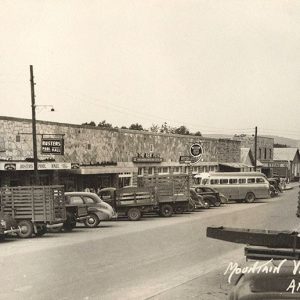 Mountain View Street Scene
Mountain View Street Scene
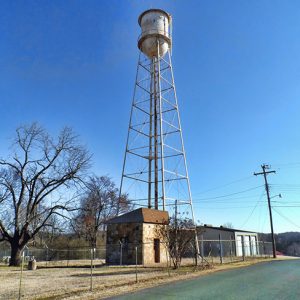 Mountain View Waterworks
Mountain View Waterworks
 Mountain View Water Tower
Mountain View Water Tower
Mountainburg (Crawford County)
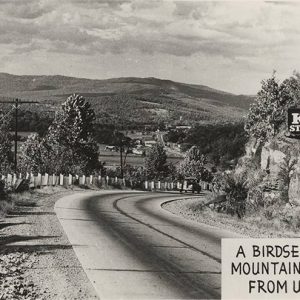 Mountainburg View
Mountainburg View
Mozart (Stone County)
Mulberry (Crawford County)
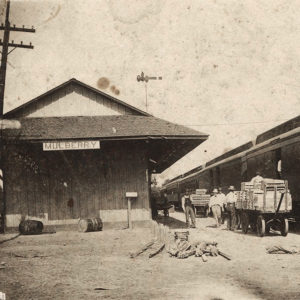 Mulberry Depot
Mulberry Depot




